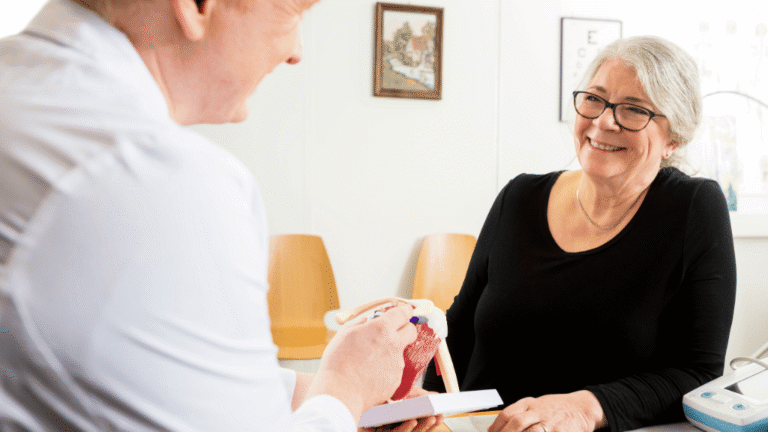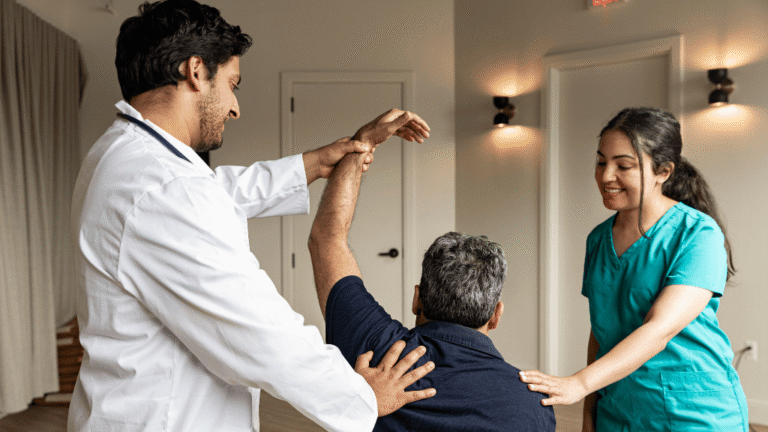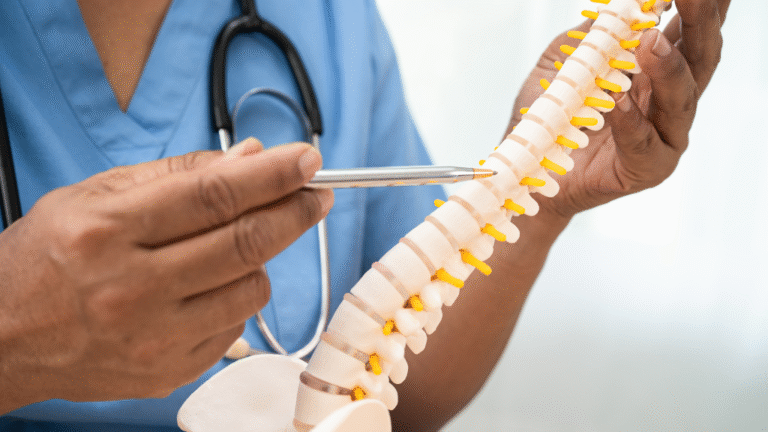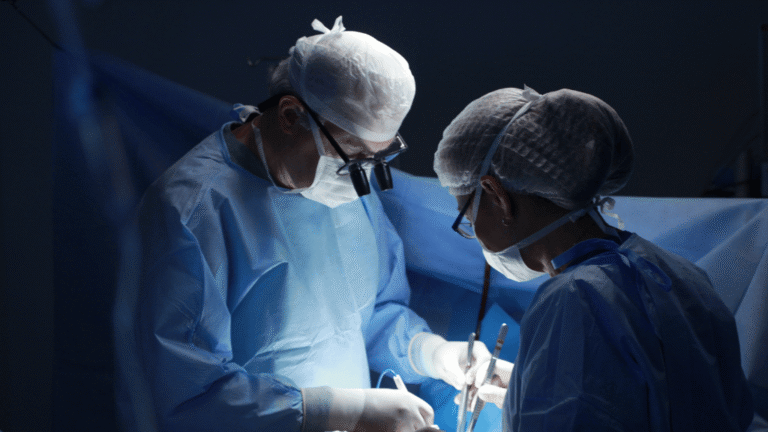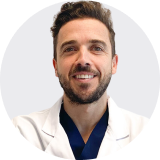Living with coronary artery disease can affect not only your health but also your confidence, independence, and ability to enjoy everyday activities. Coronary Artery Bypass Grafting (CABG) is one of the most effective surgical procedures to restore proper blood flow to the heart. Patients often consider this surgery when other treatments are no longer effective, and many report a significant improvement in their quality of life afterwards. At Ribera Care International in Spain, patients benefit from advanced facilities and an international team of specialists who provide personalized cardiac care.
What is Coronary Artery Bypass Grafting (CABG)?
Coronary Artery Bypass Grafting, often abbreviated as CABG, is a heart surgery designed to improve blood supply to the heart muscle. The procedure involves bypassing narrowed or blocked arteries by creating an alternative pathway for circulation. To achieve this, the surgeon uses a healthy blood vessel from the patient’s body, often from the leg, chest, or arm.
The treatment is usually recommended when other treatments like medications or angioplasty with stenting are no longer effective. CABG is particularly beneficial for patients who have multiple blockages or severe narrowing that puts them at risk of heart attack or worsening heart failure.
Learn more about CABG at Ribera International
Why Coronary Artery Bypass Grafting is Performed
The primary reason for recommending CABG is to prevent damage to the heart muscle and reduce the risk of life-threatening events. The narrowing of arteries results in heart muscle deprivation of oxygen-rich blood which causes symptoms and complications. CABG restores circulation to protect heart function and patient wellbeing.
The surgery can:
- Improve blood flow to the heart muscle, which helps prevent further damage.
- Relieve symptoms such as chest discomfort, fatigue, and breathlessness.
- Reduce the likelihood of a future heart attack.
- Increase overall life expectancy in patients with severe coronary artery disease.
- Allow patients to return to daily activities with greater energy and confidence.
Symptoms That Lead Patients to CABG
Most patients who eventually undergo CABG have already tried lifestyle changes and medications. However, when these measures are not enough, symptoms can become more frequent and disabling. Recognizing these warning signs early is crucial.
Typical symptoms include:
- Persistent chest pain or pressure, especially when exercising, climbing stairs, or walking uphill.
- Shortness of breath, even during light activity or at rest.
- Fatigue that limits work, hobbies, or social life.
- Heart rhythm changes that cause palpitations or irregular beats.
- A history of heart attack that has damaged blood vessels.
These symptoms often indicate significant arterial narrowing, and CABG may offer the most reliable long-term solution.
How Doctors Diagnose the Need for CABG
Before recommending surgery, cardiologists carefully assess each patient’s condition. This evaluation combines medical history, symptoms, and several diagnostic tests. Understanding how doctors make this decision helps patients feel more informed and reassured about the process.
Common diagnostic tools include:
- Electrocardiogram (ECG): Measures the heart’s electrical activity and identifies rhythm problems or prior heart damage.
- Echocardiogram: Uses ultrasound to show the heart’s pumping ability and detect areas with poor blood flow.
- Stress test: Examines how the heart responds to physical exertion, helping reveal circulation problems not noticeable at rest.
- Coronary angiography: Involves injecting contrast dye into the coronary arteries and taking X-ray images to locate blockages.
These tests allow cardiologists to decide whether CABG or another treatment, such as stent placement, is most appropriate.
The CABG Procedure: Step by Step
Although the surgery is complex, patients and families often feel more comfortable when they understand the main steps involved. While individual details may vary, CABG generally follows this sequence:
- Preparation and anesthesia: The patient is placed under general anesthesia to ensure comfort throughout the procedure.
- Harvesting the graft: Surgeons take a healthy vein or artery from another part of the body, usually the leg, chest, or arm.
- Bypass creation: The graft is connected above and below the blockage to create a new path for blood flow.
- Heart support: In most cases, a heart-lung machine maintains circulation during the operation. Some hospitals also perform “off-pump” CABG without stopping the heart.
- Closure and recovery: After verifying circulation through the graft, the chest is carefully closed and the patient is transferred to intensive care for monitoring .
Recovery After CABG
The recovery process from CABG surgery needs both time and steady advancement. The majority of patients experience pain relief and better breathing after surgery but the full recovery process extends from weeks to months.
In general:
- The hospital stay lasts between 5 – 7 days.
- Most patients return to light activities within 4 to 6 weeks.
- Cardiac rehabilitation programs, offered at Ribera Care International, help restore strength safely.
- Long-term success depends on following medical advice, including a healthy diet, exercise, and taking prescribed medications.
The positive impact is often dramatic. Many patients report being able to walk longer distances, engage in daily tasks without discomfort, and feel more secure about their future health.
Advantages of CABG Compared to Other Treatments
CABG serves as a treatment option for coronary artery disease but it provides specific benefits to patients. Patients need to understand the differences between CABG and alternative treatments such as stent placement:
- Long-term effectiveness: CABG often provides more durable results, especially in patients with multiple blocked arteries.
- Reduced repeat procedures: Unlike stents, which may need replacement or additional interventions, bypasses can last for many years.
- Better outcomes in diabetes: Studies show diabetic patients with multiple blockages benefit more from CABG than from stents.
- Improved quality of life: CABG frequently restores the ability to exercise and perform daily activities with fewer limitations.
For patients and families considering different options, discussing personal circumstances with a specialist is essential .
Explore advanced non-surgical heart care options
Coronary Artery Bypass Grafting remains one of the most reliable solutions for patients with advanced coronary artery disease. It restores circulation, reduces symptoms, and helps people return to their everyday lives with renewed confidence. At Ribera Care International in Spain, patients benefit from world-class technology, compassionate care, and a clear plan for long-term heart health.
If you or a loved one are considering CABG or would like to explore your treatment options, our team is ready to help. Contact Ribera Care International today to learn more.
FAQs about CABG
How long does a coronary artery bypass graft last?
Most bypass grafts remain effective for 10–15 years or more, especially when patients adopt healthy lifestyle habits. Vein grafts may last slightly less than arterial grafts, but both provide long-term benefits. Regular follow-up appointments help monitor graft performance.
Is CABG safe?
CABG is considered a safe and routine procedure in experienced cardiac centers like Ribera Care International. As with any surgery, risks exist, including infection, bleeding, or irregular heartbeat. However, advances in surgical techniques and post-operative care have significantly reduced complications.
How painful is recovery after CABG?
The surgical area and the chest region may experience soreness in patients who undergo this procedure. The majority of patients experience controlled pain through medication while showing continuous improvement throughout each week. The recovery process becomes smoother when patients participate in cardiac rehabilitation programs.
Can I live a normal life after CABG?
Yes. Many patients return to normal daily routines, work, and even sports. The key is to follow medical guidance, including diet, exercise, and regular check-ups. CABG often gives patients a new chance at a healthier, more active life.
What is the difference between CABG and stenting?
The medical procedure of stenting requires doctors to insert a small mesh tube into an artery for maintaining its open state while CABG requires surgeons to redirect blood flow past blocked arteries. Stents provide less invasive treatment for fewer blockages yet CABG delivers superior long-term results when patients have severe or widespread disease.

